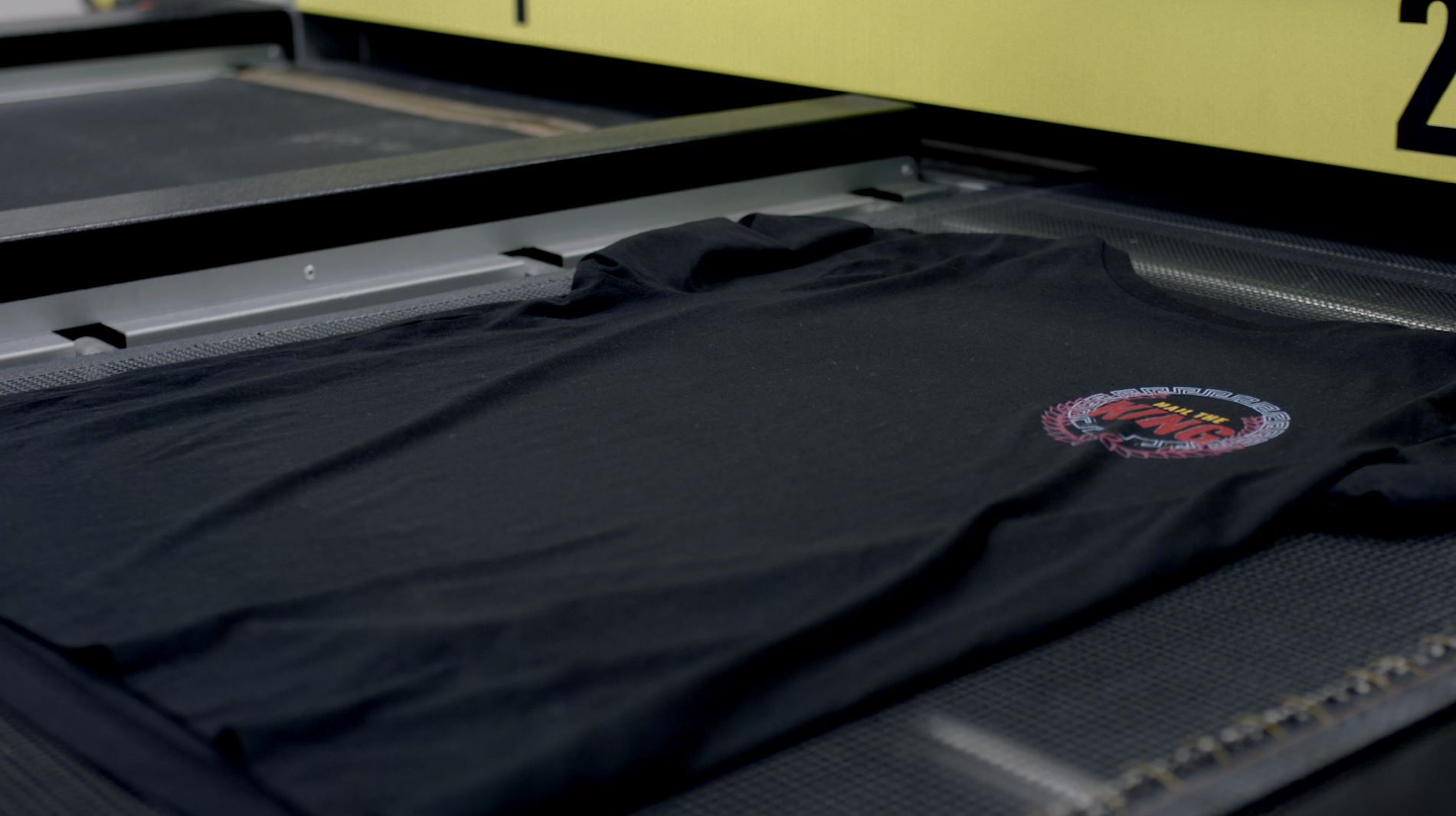BEST DESIGN TIPS FOR DIRECT TO FILM (DTF) PRINTING
Implement these best practices for design to ensure your DTF garment stands out
You’re beginning your e-commerce, print-on-demand journey. You’ve got ideas, an aesthetic and the target market. Your designs are carefully curated to represent your brand and identity, but you’re concerned how the design will turn out.
As the technical experts, we know the amount of work needed to create a masterpiece and we want to help you keep the integrity of your design when they are rendered on a garment. Whether it’s your first time working with print-on-demand or you’re a seasoned pro, a quick brush-up on best design practices and tips will keep you creating beautiful designs on high quality products for your customers.
Resolution: what is it and why does it matter?
Dots per inch (dpi) is a term used for spatial printing and refers to the number of individual dots that can be placed in one inch to make up an image.
With a lower dpi, the image will appear pixelated, stretched or otherwise warped. If you can imagine the evolution of digital graphics for video games, a lower dpi will produce an old school, boxy image and a high dpi will produce a crisper and more realistic image.
The optimal resolution for Direct to Film (DTF) printing is 300 dots per inch (dpi). If you are creating your custom collection and add an image with a low dpi resolution, you will be alerted by our in-app design tool to choose a higher resolution image.
Can’t find your image dpi?
If you’re onboard with dpi but don’t know if your image meets the requirements, it’s an easy find!
On a PC: Right click the image file and select “Properties” > “Details”.
On a Mac: Control-click the image and select “Get Info” > “More Info”.
Is it the right match?
Similar to dpi, if your file type is not compatible with the design tool or is too large, you will run into problems when designing your catalogue.
The best file types are jpeg, png, gif and bmp with a maximum size of 25MB.
Consider your composition.
Now that your design meets all requirements and reflects your creative mind, the next step is to select the design’s location on the garment. Our in-app design tool alerts creators when the design falls outside the designated printing location to ensure your artwork is rendered completely and not cut off.
Your design’s composition is also important to consider before printing. If your design contains multiple elements, it would be better suited for a larger garment to capture the complexity of the design. When your design has minimal elements, ensure the branding or imagery is strong enough to perform solo.
Be transparent.
If you want your design to stand out, you may think a contrasting background will make the artwork stand out on your garment. Typically, we see designs with transparent backgrounds truly stand out garments. Let your garment be the background for your design and let your creativity shine!
Color us happy.
We love color! But there can be too much of a good thing. The rule of three colours suggests that selecting three colors – not including black or white – is a design technique to give artwork dimension, vibrancy and cohesion without overwhelming the eye.
What’s your typography?
Choosing the right typography (font) for your design ensures your creativity and message are legible. If you’re using a script font, ensure your garment is large enough to capture the details and try alternating each line with a simple, easy to read text.
Still have unanswered questions about design or DTF? Check out our FAQ or send us an email and we will be happy to assist you.

